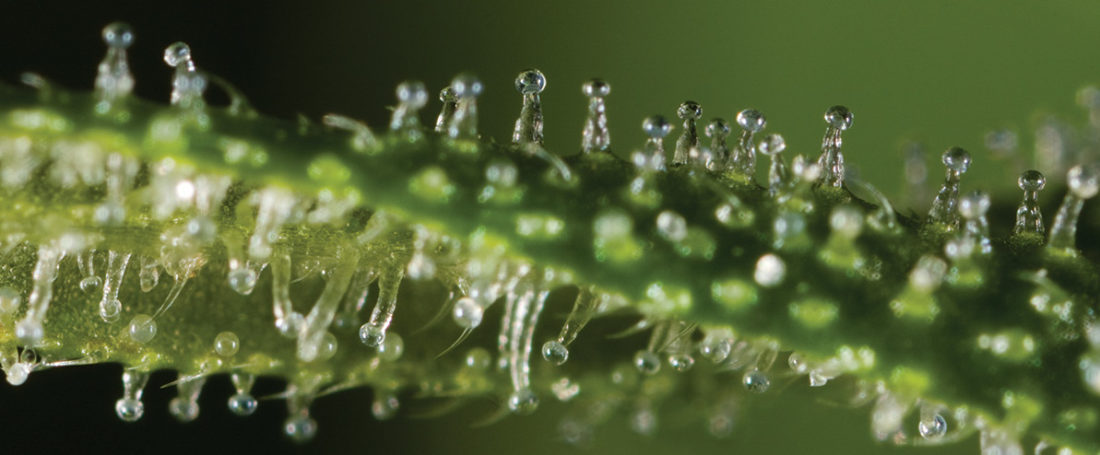Terpenes and Cannabis: The Bigger Picture
If you’ve visited us at Farma, you have probably heard us mention terpenes once or twice. We strive to communicate the chemical complexity of the cannabis plant, a narrative that accounts for the presence of multiple compounds, not just THC and CBD. When possible, our cultivators test for terpenes as well as the more complex chemicals, so that we can include these results in our unique categorization system. But why are terpenes so integral to our understanding of the cannabis plant?
Terpenes are present in all plant life as the aromatherapeutic compounds that produce smell and flavor. They are the essential oils of the cannabis plant, and they also significantly influence its effect when smoked or vaporized. Different terpenes produce different effects, which is generally why some cannabis cultivations feel more sedating or more uplifting, with many nuances in between.
There are two main types of terpenes found in cannabis: monoterpenes and sesquiterpenes, which are differentiated by the number of isoprene units present in their chemical makeup. In addition, we can identify several monoterpenes by their smell. In this way, they help to determine the phenotype, or physical expression, of a cannabis cultivar’s genetic makeup. And when lacking concrete data, we can use our noses to make an educated guess!
Some terpenes are found in cannabis far more commonly than others. For example, the most common is Myrcene, which is present at low levels in the vast majority of cannabis cultivars. Myrcene is a primarily sedating compound, and is usually found in larger amounts in cultivations considered to be more body-heavy, sleepy or relaxing. It is also one of the monoterpenes that produce a distinctive and identifiable smell, in this case a fruity or clove-like odor.
If you enjoyed this introduction to essential oils in cannabis, tune in next time to learn more about individual terpenes and their uses!

